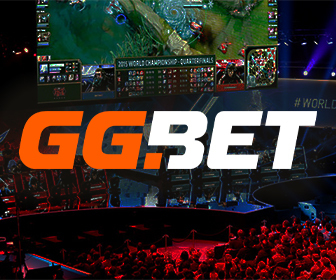Competitive gaming has long demanded perfection, precision, time, and unwavering commitment. From ranked FPS matches to team-based MOBAs, players devote hours to progression, coordination, and skill refinement.
But a noticeable shift is underway. More and more competitive gamers are gravitating toward casual titles, puzzle apps, idle games, short-session tournaments, not as a retreat from competition, but as a redefinition of it.
This shift isn’t about abandoning challenge. It’s about adapting to a new reality where time, accessibility, and efficiency have become just as important as performance.
Time Constraints and Practical Scheduling
Competitive gaming demands extended, uninterrupted sessions. Climbing a leaderboard, mastering mechanics, or scrimming with a team often requires hours per day. For players balancing jobs, school, or other responsibilities, that level of time investment becomes unrealistic.
Casual games allow:
- Sessions under 10 minutes
- Asynchronous gameplay without live coordination
- Easy drop-in/drop-out functionality
This shift toward flexible play fits better with constrained daily routines. Casual games meet the need for shorter, self-contained gaming experiences without requiring a full evening.
Decline in High-Stakes Commitment
Many competitive titles require persistent engagement, daily quests, seasonal grinds, or ranked decay systems. Missing even a few days can impact progress. Casual games remove this friction.
- No penalties for skipping days
- No ranking decay
- Minimal onboarding time when returning
This enables gamers to stay active in a title without committing to rigid play cycles or intensive catch-up. Casual formats offer a more forgiving structure, ideal for intermittent engagement.
Hybrid Game Design
Casual games are no longer designed around passivity or repetition. Many now include competitive layers built into short sessions, such as timed events, ranked ladders, and head-to-head formats. These systems offer measurable outcomes without requiring extended playtime or high entry costs, making them a practical fit for players who still prioritize performance.
Strategic play is central to this evolution. Success in modern casual formats often depends on how players manage timing, risk, and resource allocation under tight constraints. The structure may be lightweight, but the mechanics reward precision, planning, and efficient execution.
Stake.us demonstrates how this model works in practice. Games like Dice, Plinko, and Crash strip down the format but preserve decision-making around volatility, cash-out points, and payout targeting. Despite their fast pace, they support calculated strategies, and many players actively refine their approach through third-party review sites and strategy breakdowns (Source: thegamehaus.com/igaming/reviews/stake-com/strategies/).
Platform Accessibility and Minimal Requirements
Most competitive games are PC- or console-centric, with high system demands and specialized hardware needs. In contrast, casual games:
- Run on smartphones, tablets, and low-spec devices
- Require no specialized equipment
- Offer immediate access without setup time
This broader accessibility enables quick entry and sustained mobile play regardless of location or hardware. Competitive players can engage with skill-based formats anywhere, on public transport, during breaks, or while traveling, without compromise.
Progression Without the Grind
Many casual games now mirror familiar systems from competitive titles:
- Unlockable stages
- Seasonal content and events
- Cosmetic rewards tied to performance
But they intentionally skip the grind: no tier lists to memorize, no teammates to rely on, and no 3-hour learning curves. For experienced gamers, this means structured progression without steep onboarding.
Fair Fights in Smaller Formats
Casual competition thrives on:
- Solo-based gameplay
- Short attempts instead of extended matches
- Fixed, repeatable matchmaking systems
This reduces pressure and ensures performance comes down to individual decision-making rather than team synergy or meta shifts. For many, it’s a more focused and manageable test of skill, in less time.
Supplement, Not Replacement
This shift doesn’t mean competitive players have abandoned their original games. For most, casual titles serve as a supplement to core gaming activity, a way to stay engaged when longer sessions aren’t possible.
However, for others who have reduced or paused traditional competitive play, casual games offer a functional alternative: lower time cost, smoother re-entry, and similar reward systems just on a different scale.
How Casual Became Competitive
The shift from competitive to casual games is driven by structure, not preference. Competitive players are selecting formats that reduce overhead, simplify access, and fit limited time slots. Casual titles meet these needs with minimal commitment and maximum control.
Modern casual games include the same key features: progression, ranking systems, and skill expression. What changes is the scale, shorter sessions, faster cycles, and isolated performance metrics. The core mechanics remain intact.
This isn’t a move away from competitive gaming. It’s a transition to more efficient environments where similar goals can be met without the demands of full-scale commitment. The format changes, the intent doesn’t.

